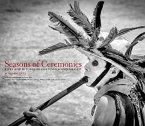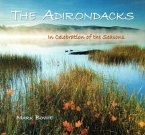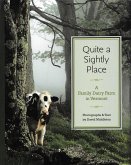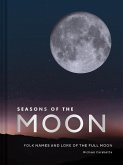"I must have seen the Black Place first driving past on a trip into the Navajo country and, having seen it, I had to go back to paint even in the heat of mid-summer. It became one of my favorite places to work. . . . the Black Place is about one hundred and fifty miles from Ghost Ranch and as you come to it over a hill, it looks like a mile of elephants grey hills all about the same size with almost white sand at their feet. . . . such a beautiful, untouched, lonely-feeling place part of what I call the Far away." Georgia O'Keeffe, from Georgia O'Keeffe (Viking Press, 1976) Few people have ventured into the remote, uninhabited badlands of the Navajo Reservation in northwest New Mexico known, by the artist who made the location famous, as the Black Place. During the 1930s and 1940s, Georgia O'Keeffe and her friend Maria Chabot braved the harsh conditions of baking heat in summer, bitter cold in winter, and ferocious winds to make many camping trips to the area, which inspired one of the great outpourings of creativity in O'Keeffe's artistic life. Photographer Walter Nelson, who share's with O'Keeffe what writer Douglas Preston calls "a great affinity for geology," went in search of the Black Place twenty years ago and has returned more than thirty times to photograph it, first in black and white with a large-format 8 x 10 camera and, over the last five years, in color with a digital camera. The two seasons of his title refer to the fact that in this region virtually devoid of vegetation, only the presence of snow visually distinguishes the landscape from the non-winter months. Inexhaustible in scope, with geological complexity dating back some sixty-six million years, the Black Place must be patiently experienced for its mystery and infinitude and deep secrets of time.








